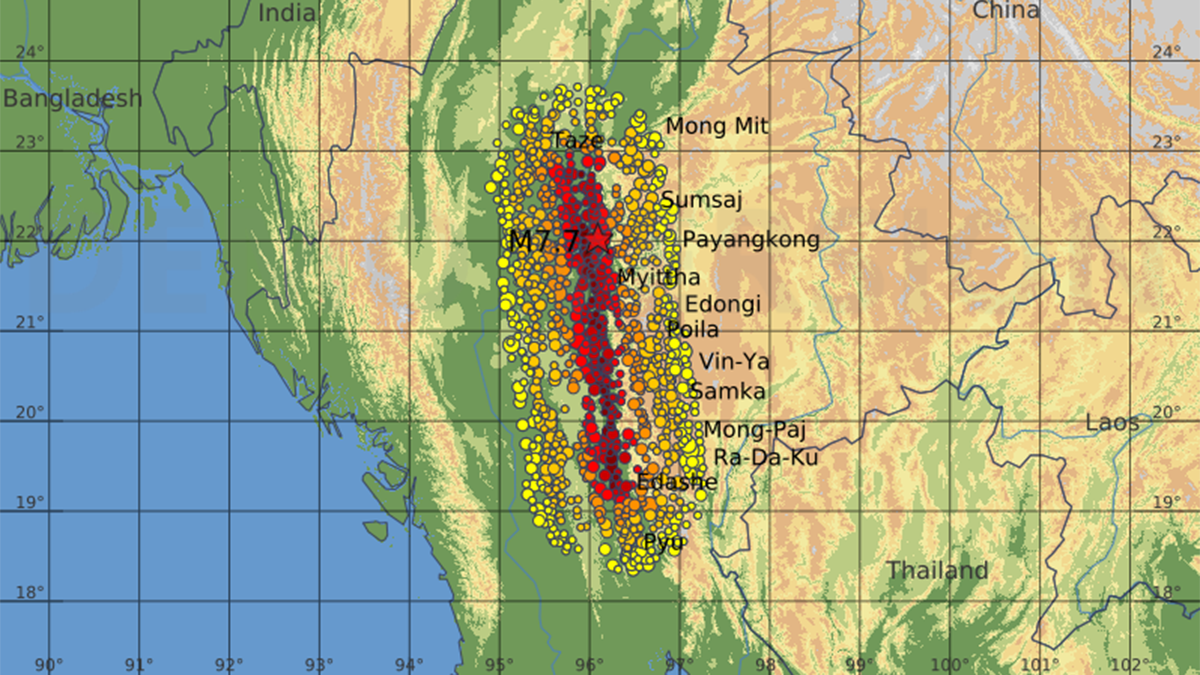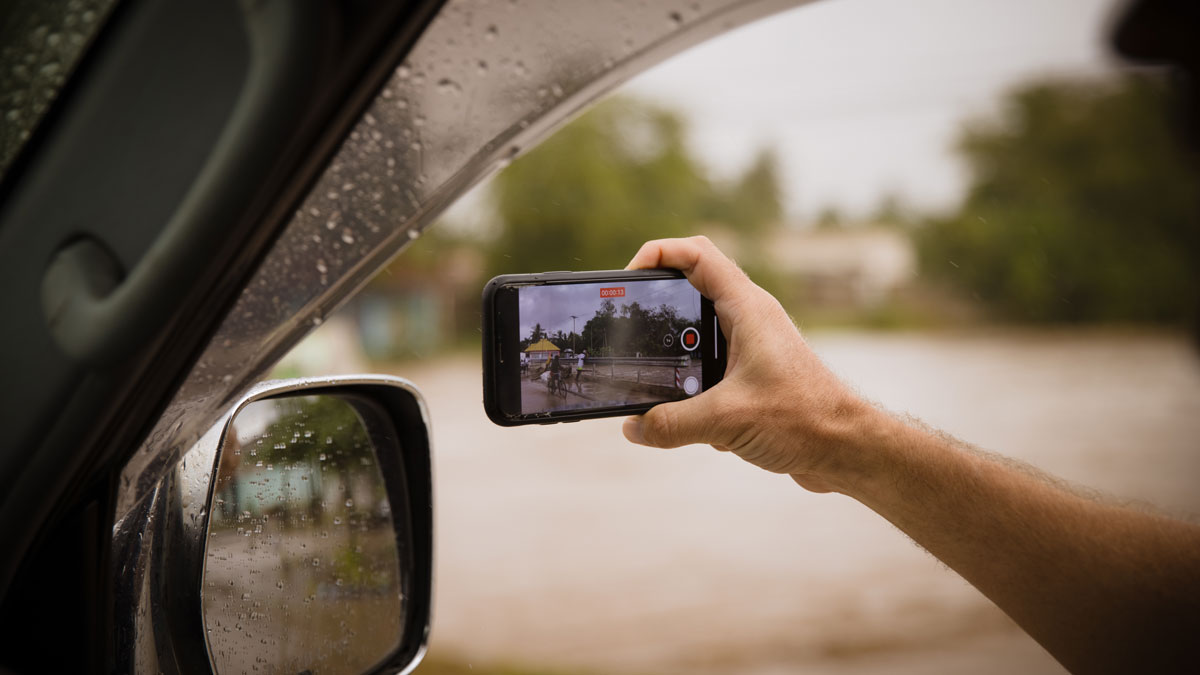A chance video captured a fault rupture during March’s devastating Myanmar earthquake, delivering real-time evidence of how major seismic tremors propagate.
social media
Cate Larsen: Teaching About Rocks
A geocommunicator uses the connective power of social media to bring geology to the masses.
Black Space Week Celebrates Fifth Anniversary
The annual event has grown from a viral hashtag to a global uplifting of Black experiences with space.
Snapping Science in the Field
Snapchat, the multimedia messaging app, offers a range of features that make it an unexpectedly useful tool for geoscientists on the go.
The Art of Promoting Scientific Results
AGU has various avenues for promoting noteworthy research published in our journals and books, which increases visibility, downloads, and citations.
Social Media Posts Reveal Human Responses to Deadly Tongan Eruption
Quantifying human responses to natural disasters could improve preparation for future threats, scientists say.
Las redes sociales complementan a la ciencia durante los desastres naturales
La información compartida en las plataformas de redes sociales podría ayudar a los científicos a recopilar datos en tiempo real y ayudar a las agencias en los esfuerzos de ayuda.
New Landslide Reporting Tool Uses Social Media and AI
The tool extracts landslide information in real time, which could advance landslide research as well as disaster response.
Social Media Supplements Science During Natural Disasters
Information shared on social media platforms could help scientists gather real-time data and assist agencies in relief efforts.
Roosters, S’mores, and #EmergencyCute: A Humor-in-Crisis How-To
When natural hazards strike communities, we may not think science agencies should respond with humor. Researchers suggest that sometimes, however, humor can connect communities and bring smiles.










